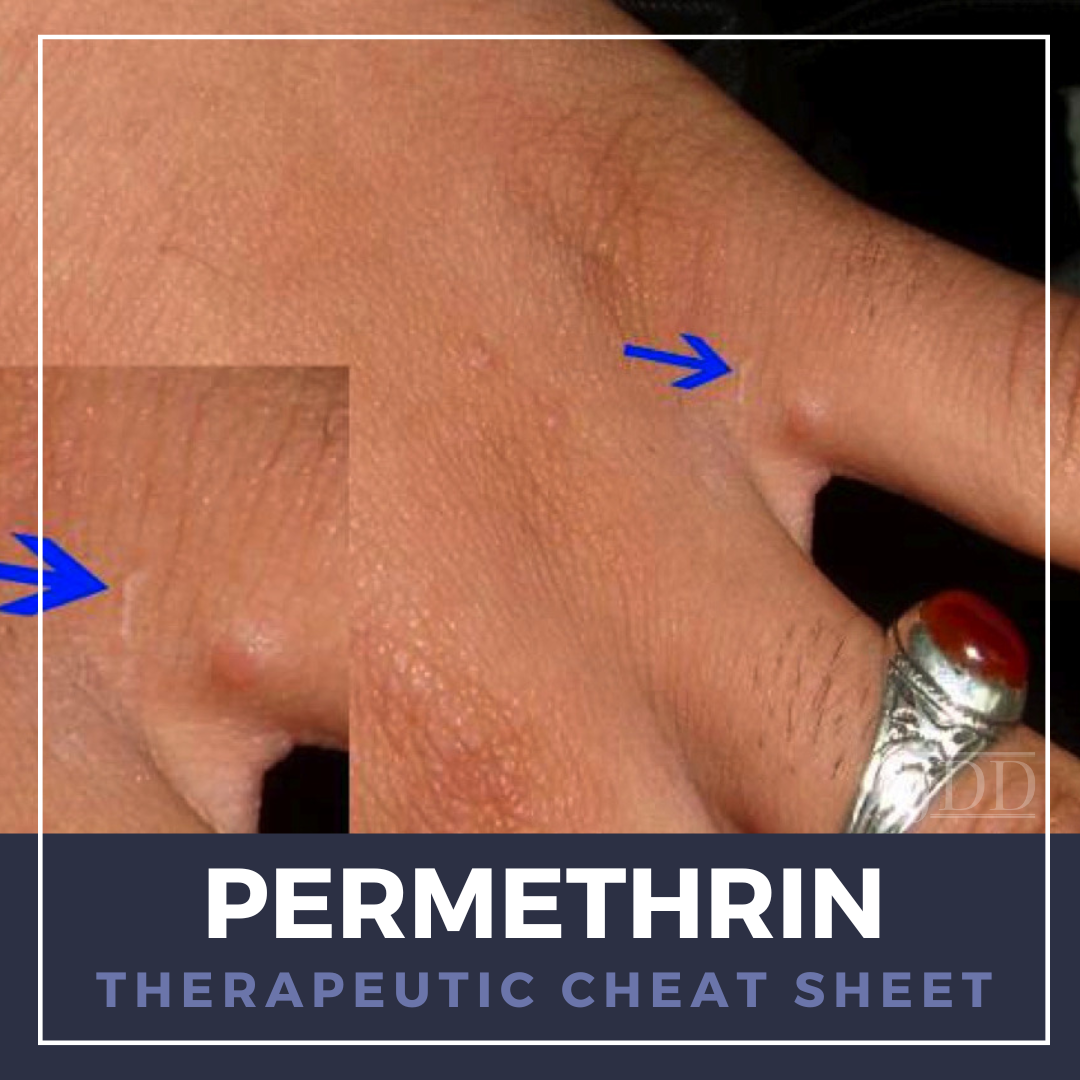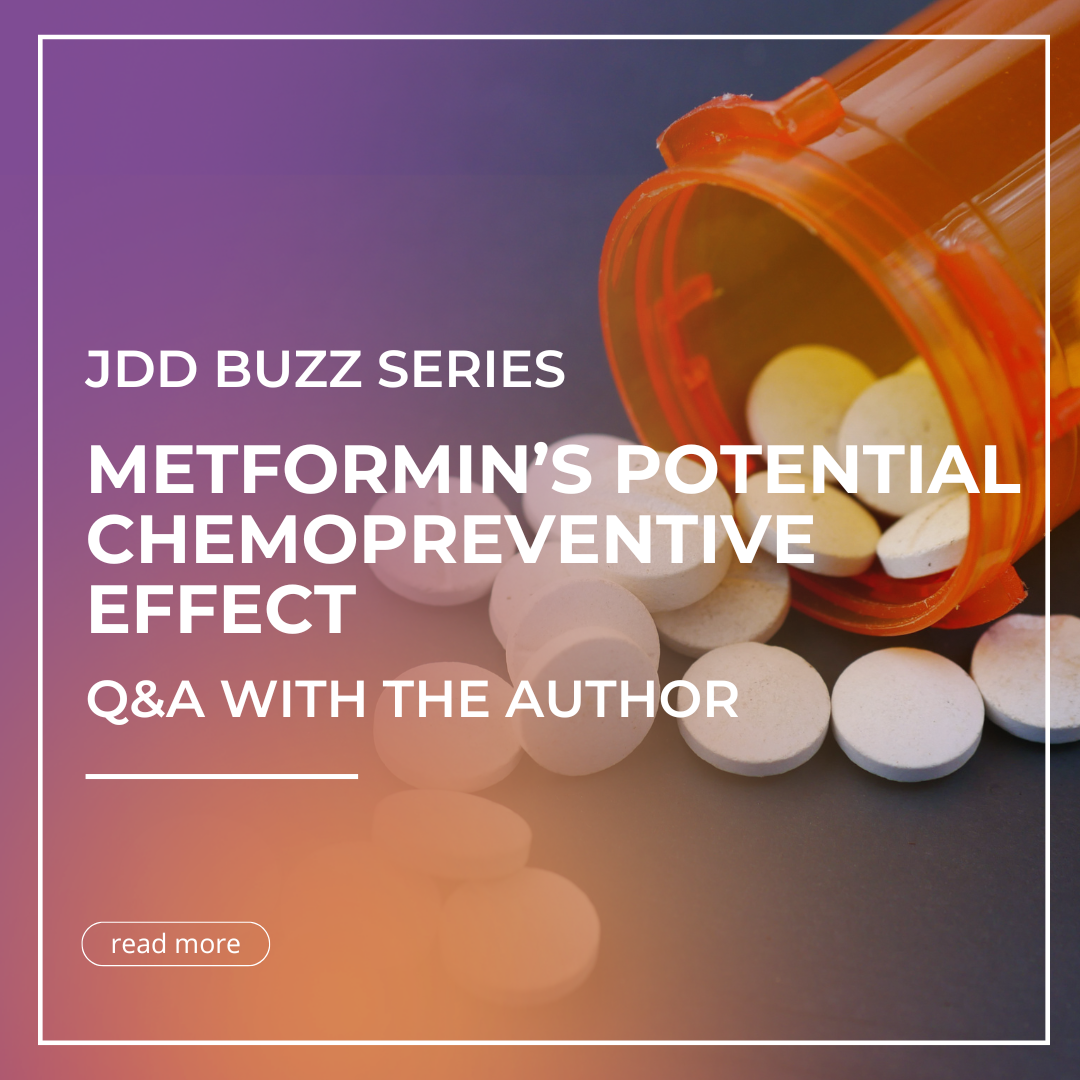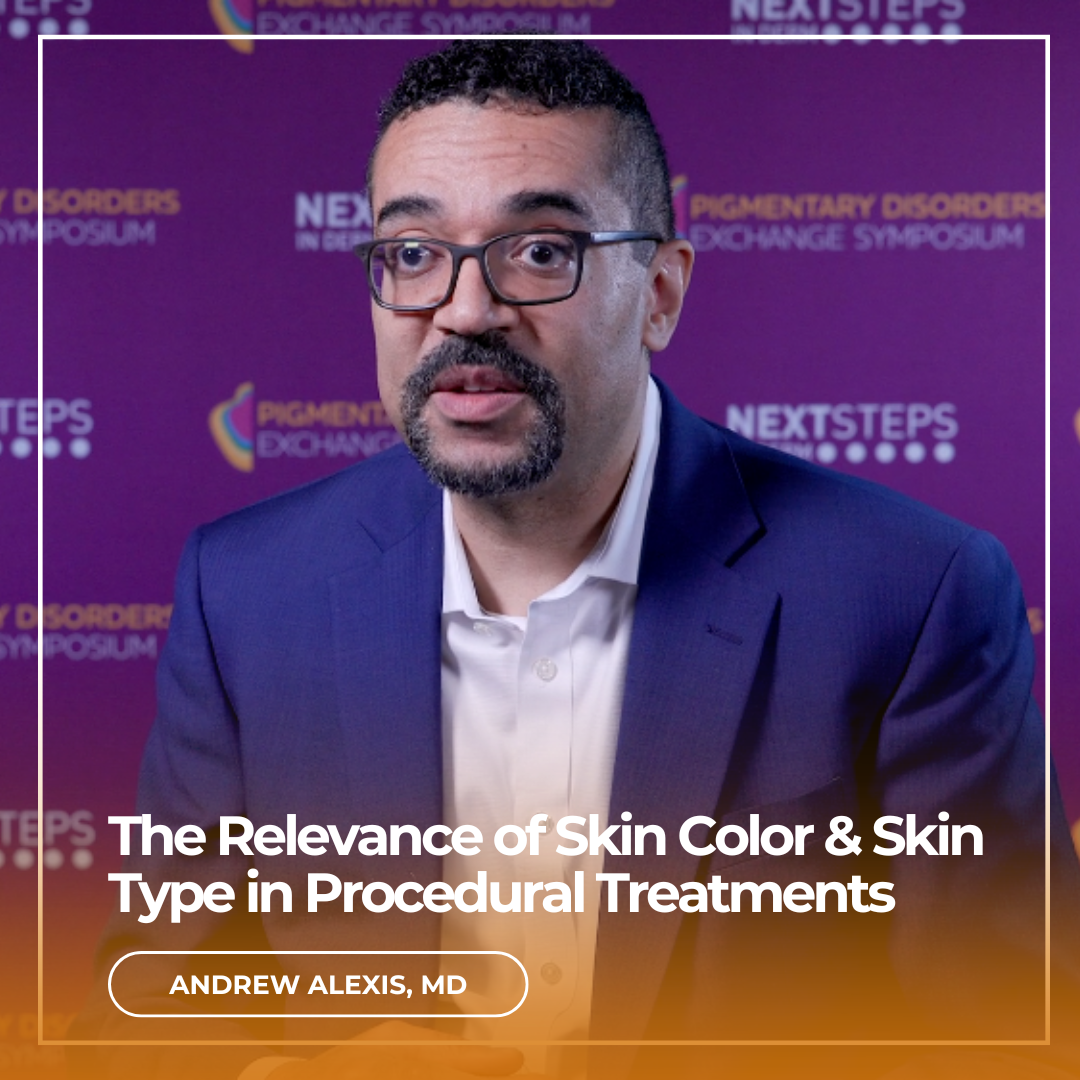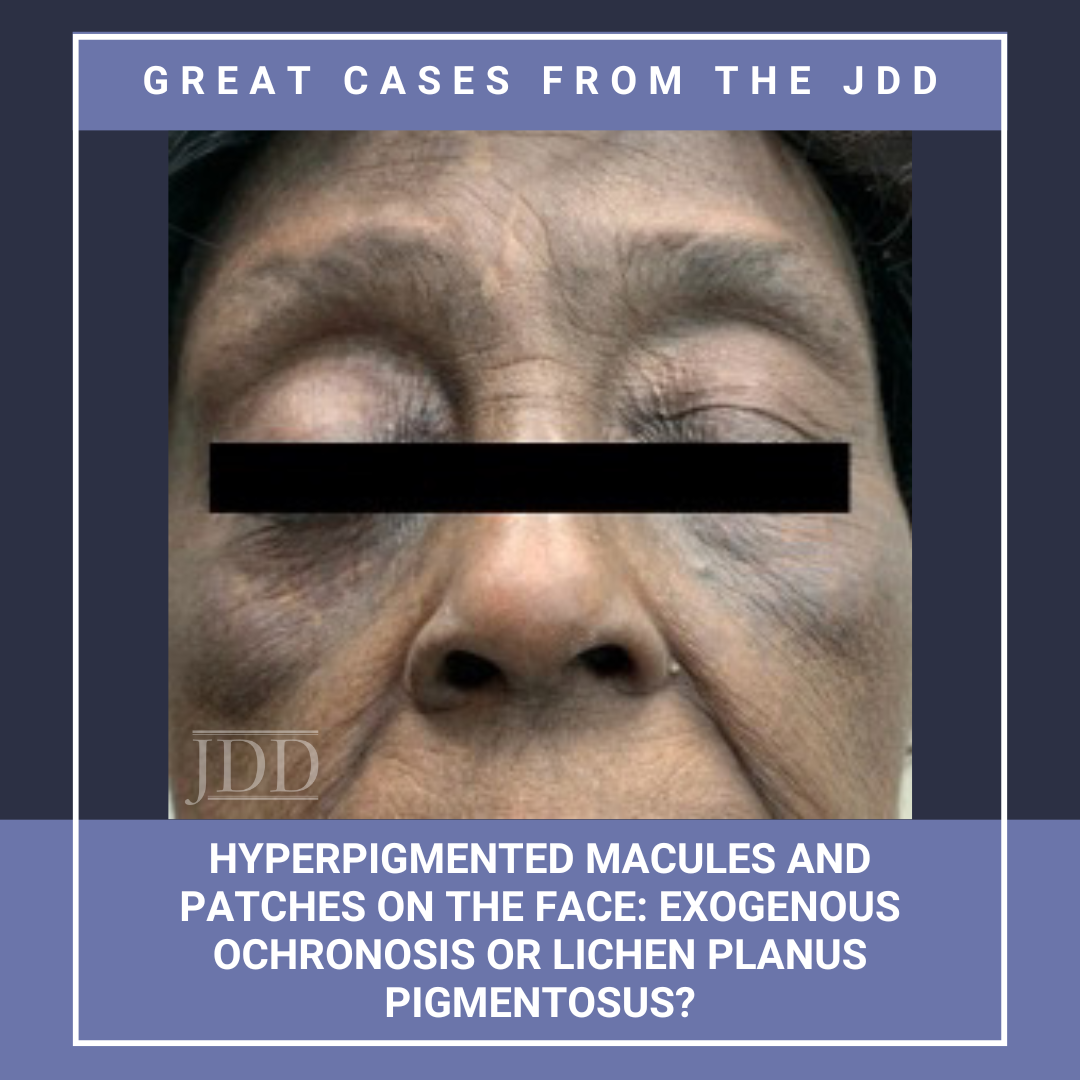Permethrin Therapeutic Cheat Sheet
 Permethrin is a synthetic neurotoxic pyrethroid derived from chrysanthemums with significant dermatologic value for its powerful insecticide properties when used topically. We continue our series, Therapeutic Cheat Sheet, with a closer look at permethrin, which is FDA-approved for the treatment of scabies and pediculosis capitis infestations.
Permethrin Therapeutic Cheat Sheet
Compiled by: Dillo …
Permethrin is a synthetic neurotoxic pyrethroid derived from chrysanthemums with significant dermatologic value for its powerful insecticide properties when used topically. We continue our series, Therapeutic Cheat Sheet, with a closer look at permethrin, which is FDA-approved for the treatment of scabies and pediculosis capitis infestations.
Permethrin Therapeutic Cheat Sheet
Compiled by: Dillo …
 Permethrin is a synthetic neurotoxic pyrethroid derived from chrysanthemums with significant dermatologic value for its powerful insecticide properties when used topically. We continue our series, Therapeutic Cheat Sheet, with a closer look at permethrin, which is FDA-approved for the treatment of scabies and pediculosis capitis infestations.
Permethrin Therapeutic Cheat Sheet
Compiled by: Dillo …
Permethrin is a synthetic neurotoxic pyrethroid derived from chrysanthemums with significant dermatologic value for its powerful insecticide properties when used topically. We continue our series, Therapeutic Cheat Sheet, with a closer look at permethrin, which is FDA-approved for the treatment of scabies and pediculosis capitis infestations.
Permethrin Therapeutic Cheat Sheet
Compiled by: Dillo … 








 A commonly used diabetes medication may help prevent non-melanoma skin cancer. A study in the December Journal of Drugs in Dermatology analyzed whether metformin exposure is associated with a reduced risk of non-melanoma skin cancer. The study also stratified findings by race/ethnicity, which makes it unique among similar research studies.
I interviewed author Tiffany Jow Libby, MD, FAAD, FACMS …
A commonly used diabetes medication may help prevent non-melanoma skin cancer. A study in the December Journal of Drugs in Dermatology analyzed whether metformin exposure is associated with a reduced risk of non-melanoma skin cancer. The study also stratified findings by race/ethnicity, which makes it unique among similar research studies.
I interviewed author Tiffany Jow Libby, MD, FAAD, FACMS …  Even routine medical dermatology procedures can induce pigmentary alterations in darker skin tones, notes Dr. Andrew Alexis, co-chair of Skin of Color Update, and vice-chair for diversity and inclusion for the Weill Cornell Medical College Department of Dermatology. In an interview with Next Steps in Derm, in partnership with Pigmentary Disorders Exchange Symposium, Dr. Alexis outlines how skin co …
Even routine medical dermatology procedures can induce pigmentary alterations in darker skin tones, notes Dr. Andrew Alexis, co-chair of Skin of Color Update, and vice-chair for diversity and inclusion for the Weill Cornell Medical College Department of Dermatology. In an interview with Next Steps in Derm, in partnership with Pigmentary Disorders Exchange Symposium, Dr. Alexis outlines how skin co …  This 48 year old woman tells you these lesions began as "acne bumps" on her legs. A biopsy reveals ulceration and a mixed inflammatory infiltrate, including neutrophils. A tissue culture for infectious organisms is negative. What is the most likely underlying systemic condition in this patient?
A. Celiac disease
B. Ovarian cancer
C. Chronic pancreatitis
D. IgA monoclonal gammopathy …
This 48 year old woman tells you these lesions began as "acne bumps" on her legs. A biopsy reveals ulceration and a mixed inflammatory infiltrate, including neutrophils. A tissue culture for infectious organisms is negative. What is the most likely underlying systemic condition in this patient?
A. Celiac disease
B. Ovarian cancer
C. Chronic pancreatitis
D. IgA monoclonal gammopathy …  JDD authors Deepika Narayanan, MD and Stephen K. Tyring, MD, PhD, MBA present a case of a patient with a 10-year history of blue-black macules and patches on the face and an associated history of skin- lightening cream usage. The skin lightening cream contained hydroquinone, which is often associated with exogenous ochronosis (EO). Interestingly, the biopsy did not show characteristic findings of …
JDD authors Deepika Narayanan, MD and Stephen K. Tyring, MD, PhD, MBA present a case of a patient with a 10-year history of blue-black macules and patches on the face and an associated history of skin- lightening cream usage. The skin lightening cream contained hydroquinone, which is often associated with exogenous ochronosis (EO). Interestingly, the biopsy did not show characteristic findings of …